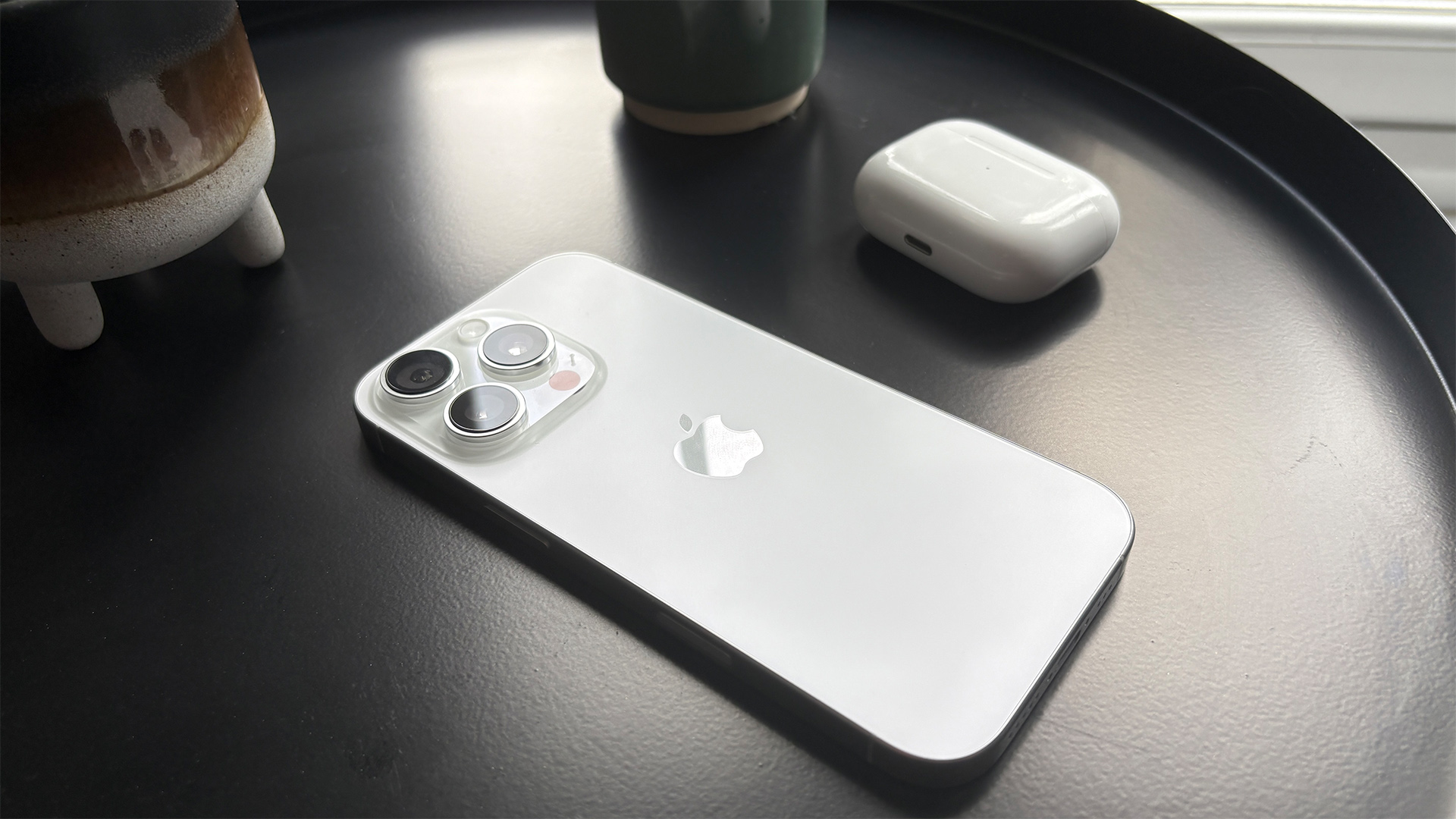UHD Alliance expands Ultra HD Premium certification
The specification now applies to 4K media streamers, set-top boxes and PCs...

To bare the Ultra HD Premium logo, those sources will have to conform to the same specification as 4K TVs and Ultra HD Blu-ray players, which includes support for 4K, high dynamic range (HDR), a wide colour spectrum and 10-bit colour depth.
The expansion makes sense considering the increasing number of 4K sources available; 4K set-top boxes are now firmly a ‘thing’ thanks to the likes of Sky, BT and Virgin, and the Google Chromecast Ultra and Amazon Fire TV - and possibly an upcoming 4K Apple TV – are strongly representing 4K media streamers too.
“With 4K UHD TV shipments increasing by 42% to 81 million in 2017, the one constant in a continually and rapidly changing content delivery environment is the consumer demand for a premium content experience regardless of the delivery platform,” said UHD Alliance chairman Michael Zink.
The Alliance has also emphasized its increasing focus on monitoring and maximising interoperability between products and is also broadening its consumer education efforts with plans to launch a website, videos and brochure focusing on UHD technologies.
The Alliance anticipates that product testing and licensing for media streamers, set-top boxes and PCs will begin in “early Fall” this year.
Read more:
Ultra HD Premium: what are the specs? Which TVs support it?
Get the What Hi-Fi? Newsletter
The latest hi-fi, home cinema and tech news, reviews, buying advice and deals, direct to your inbox.
Ultra HD Blu-ray: everything you need to know
BT G5 vs Sky Q vs Virgin TV V6: which is the best 4K TV service?
Apple TV with 4K and HDR inches closer to confirmation
IFA 2017 news - LG, Technics, Philips, Sony and more
Becky is the managing editor of What Hi-Fi? and, since her recent move to Melbourne, also the editor of the brand's sister magazines Down Under – Australian Hi-Fi and Audio Esoterica. During her 11+ years in the hi-fi industry, she has reviewed all manner of audio gear, from budget amplifiers to high-end speakers, and particularly specialises in headphones and head-fi devices. In her spare time, Becky can often be found running, watching Liverpool FC and horror movies, and hunting for gluten-free cake.

